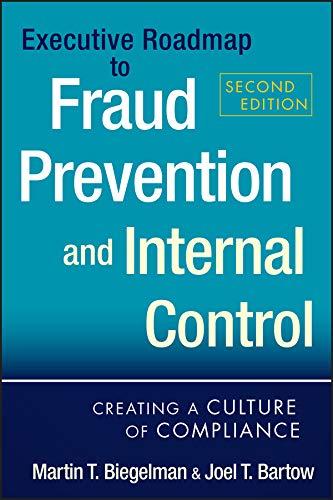Question
1.a. ABC Corporation was initially formed with cash contributions from five unrelated shareholders, each of whom contributed $10,000 in exchange for 20% of ABCs voting
1.a. ABC Corporation was initially formed with cash contributions from five unrelated shareholders, each of whom contributed $10,000 in exchange for 20% of ABCs voting common stock. . The shareholders have made no further contributions. Assume that none of the shareholders are dealers in stock so that their stock investment is a capital asset . After several years of operations, the corporation adopts a plan of complete liquidation and distributes assets with a basis to the corporation with a basis to the corporation of $50,000 and a fair market value of $125,000. Thus, each shareholder receives $25,000 of the corporate assets upon liquidation At the time of liquidation, the corporation had $125 ,000? its current earnings and profits account and no accumulated earnings and profits. What are the tax consequences to the corporation and its shareholders upon liquidation?
b. How would your answer change if the fair market value of the assets distributed in liquidation was $30,000 instead of $125,000?
c. What if the corporation sold the assets to a third party for $30,000 and distributed the cash to the shareholders upon liquidation?
d. Assume one 20% shareholder had purchased 50 of her 100 shares for $1,000 dollars in one year and the remaining 50 for $10,000 fifteen years later. What are the tax consequences to the shareholder upon receipt of assets worth $15,000 on liquidation?
2. How would your answer to 1a and b change if the shareholder took the property in liquidation subject to a $100,000 mortgage?
Step by Step Solution
There are 3 Steps involved in it
Step: 1

Get Instant Access to Expert-Tailored Solutions
See step-by-step solutions with expert insights and AI powered tools for academic success
Step: 2

Step: 3

Ace Your Homework with AI
Get the answers you need in no time with our AI-driven, step-by-step assistance
Get Started


